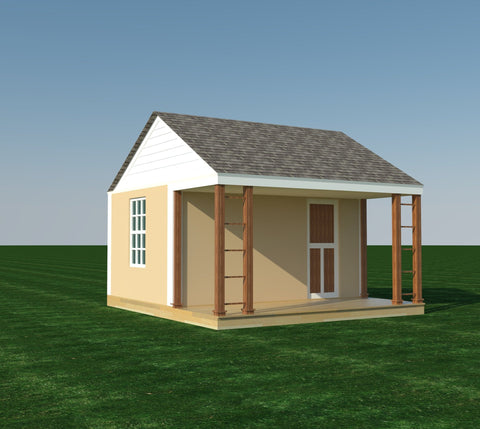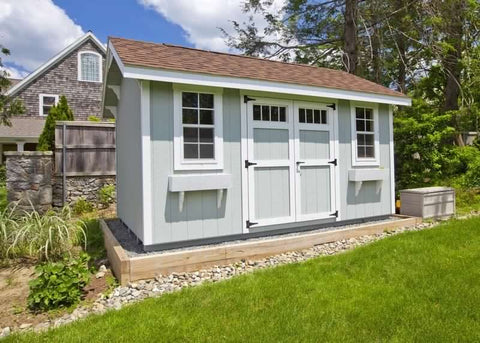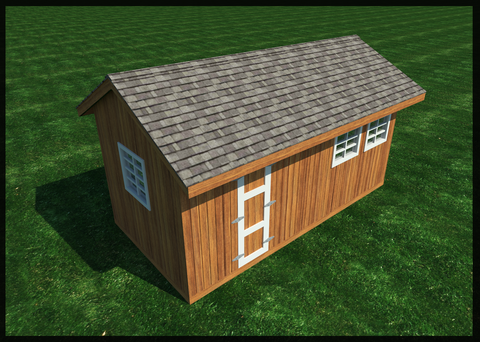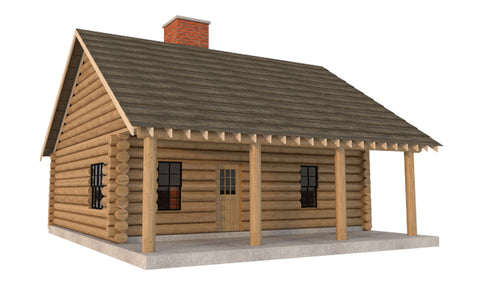Tiny House On Wheels With Loft Plans DIY.
Cabin Tiny House On Wheels Plans With Loft.
Tiny House on Wheels
A Tiny House on Wheels is a tiny home that is usually eight feet by twenty feet. Its DIY project allows you to make it your own, and features plenty of shelving and storage space. The tiny home also comes with a headboard and a bathroom complete with a toilet, sink, and shower. Other features include a kitchen, two work dining tables, and shelving.
Costs
The cost of a tiny house on wheels can be expensive. The size of the home dictates that there are many costs to consider. The biggest are materials and labor. You can save money on materials by shopping around. You will also need permits and fees for RV parking. While plumbing and wiring can be done yourself, they can be costly and require professional help.
Other costs associated with a tiny home include the hiring of a general contractor, which can account for around 10% of the total project cost. Choosing an expert in tiny home construction can help you save money and improve the design. Annual maintenance will cost approximately $550 to $1000, depending on the materials used. Unlike a standard dwelling, tiny homes on wheels can experience more wear and tear.
Design
Tiny houses on wheels are a type of tiny home that resembles a trailer or RV. These small-scale homes feature all of the amenities of a conventional home, but with mobility features and residence amenities. They are typically located in rural settings, and their free adaptability reduces environmental impact and earthwork. They also provide significant self-sufficiency. Here are some ideas for designing the interior of your tiny home on wheels.
First, you'll want to create a floor plan. You can do this with software or a mock-up. Before doing so, though, it's important to define your needs and wants in detail. Once you have a basic floor plan in place, you can then have construction-quality blueprints made for your tiny home.
Utilities
Utilities for a Tiny Home on wheels can vary significantly depending on where you plan to put your tiny home. In most cases, you will connect to a traditional home's utilities, such as electricity and water, but off-grid tiny homes are also possible. In addition to a standard electrical hookup, you may have to set up a propane or natural gas connection. In some cases, you may need to pay a monthly fee to use the utilities.
When choosing a tiny house on wheels, it is best to compare the costs. While prefab homes tend to have all-inclusive costs, custom homes tend to have more traditional cost breakdowns that include electrical, plumbing, framing, siding, roofing, and other components. Regardless of the style, you may not require all of these features, but it's best to do some research to ensure you don't overlook any.
Zoning laws
Before building a tiny house on wheels, you should first check zoning laws in the area where you're planning to place it. Each municipality has different rules regarding zoning and development. In some areas, tiny houses are prohibited altogether, but others allow them. If you're unsure whether your tiny house is allowed in your city, it's best to consult a land use attorney.
Zoning laws for a tiny house must specifically define the structure. There are two types of tiny houses: those on wheels and those on foundations. Tiny homes on wheels are usually considered recreational structures, so they don't have to be registered as a permanent residence. They're also not supposed to have a permanent address, as their owners are expected to move it from place to place. Because of this, they are often not allowed to stay at one location for more than thirty days.
All DIY plans are designed or reviewed by Ben Stone. Ben is a retired Engineer in Canada. Ben also drafts these himself using the latest AutoCAD software to ensure accuracy. He studied Engineering back in the early 1980's. After over 30 years in the Construction industry he developed a passion for building cool items around his farm and cabin. These are great DIY projects. With a little skill anybody can Do It Yourself. Ben is always a email away if you have any questions while building one of his projects. He is adding new plans all the time.













